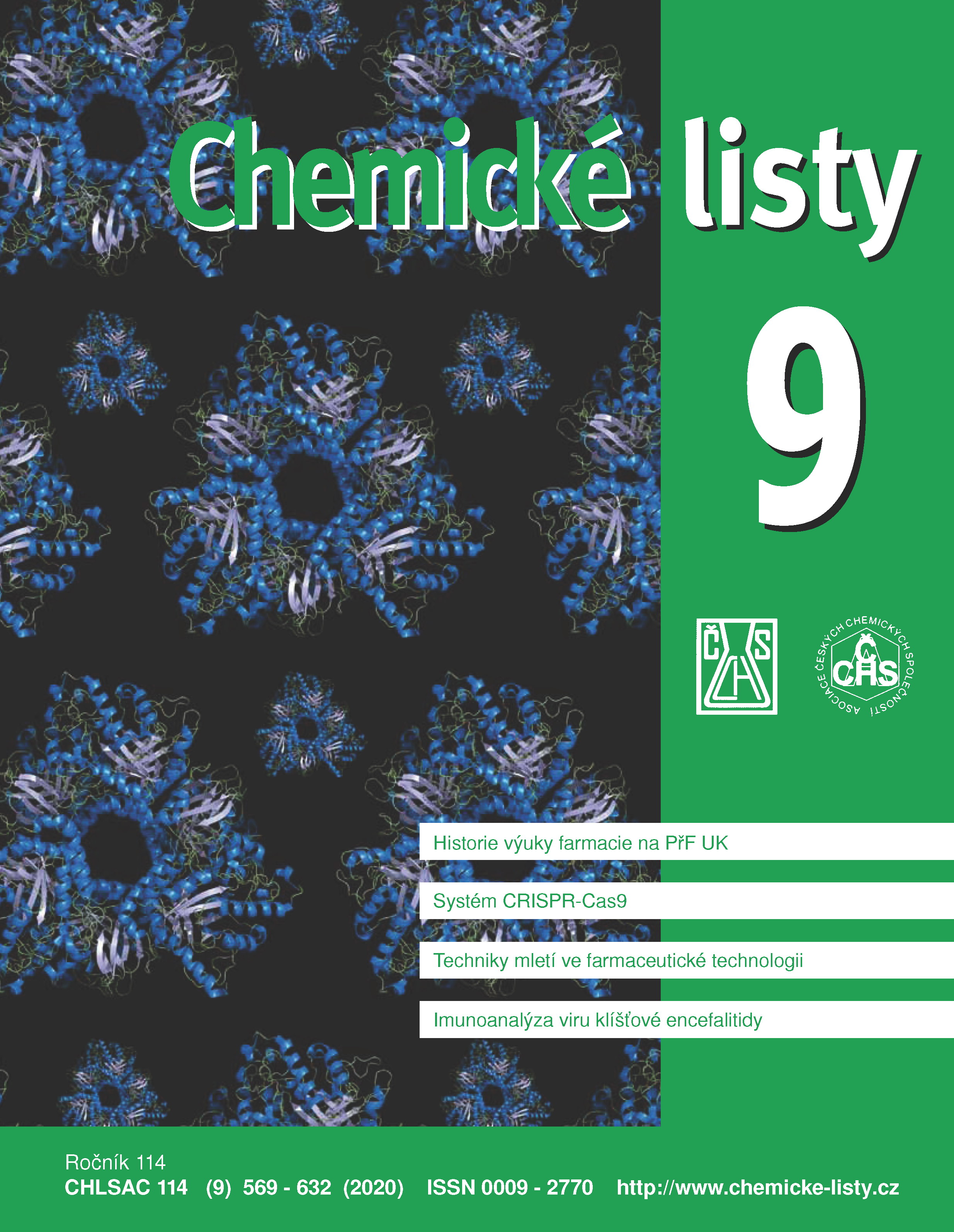Milling and Co-milling Techniques as Approaches to Increase the Dissolution Rate of Poorly Soluble Drugs
Keywords:
milling, co-milling, dry milling, wet milling, improving solubility, Rehbinder effect, Ostwald ripening, mechanochemically-activated surfacesAbstract
Milling and co-milling are widely used techniques for reducing particle size of drugs leading to an increase of their surface area. Therefore, these approaches can subsequently improve the processability and drug delivery characteristics, such as dissolution rate, solubility, bioavailability and uniform mixing related to content uniformity, stability, etc. However, milled particles are also known to have certain typical disadvantages, namely agglomeration, poor flowability or no dissolution improvement. A number of different methods of particle size reduction can be used; they include wet and dry milling techniques having advantages as well as disadvantages. The paper summarizes the backgrounds on milling and co-milling followed by an introduction of their benefits and drawbacks. Attention is also paid to the types of mills for particle size reduction and factors affecting their selection.





